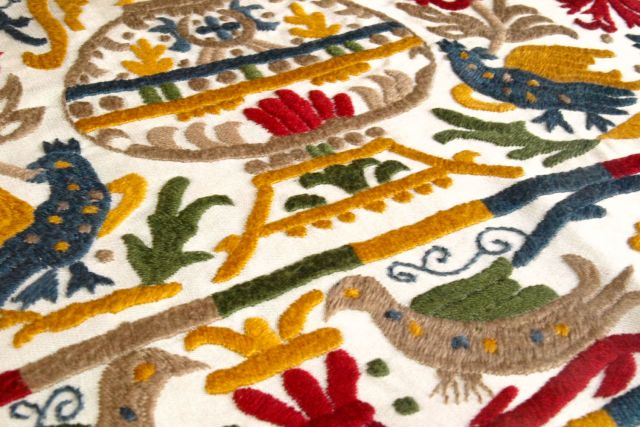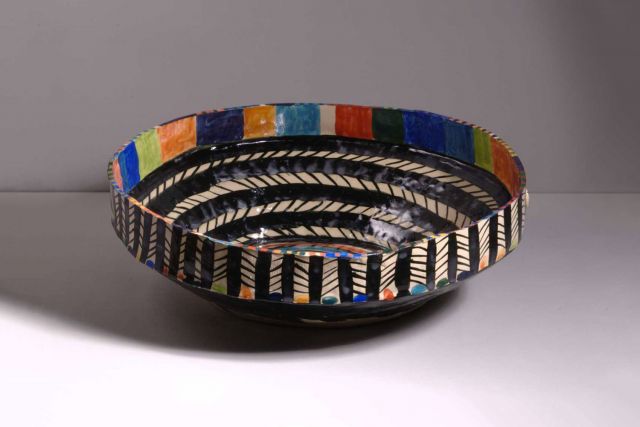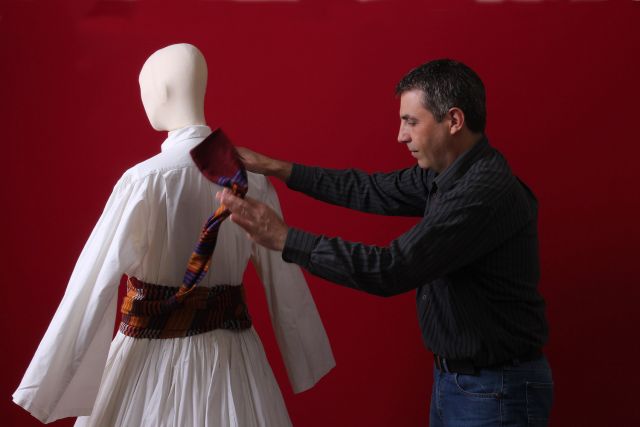This box was created using the slab technique. It is part of a series of experimental pieces on surface. It is made of white stoneware clay and decorated with one of Ioanna Papouli's favourite glazing combinations.
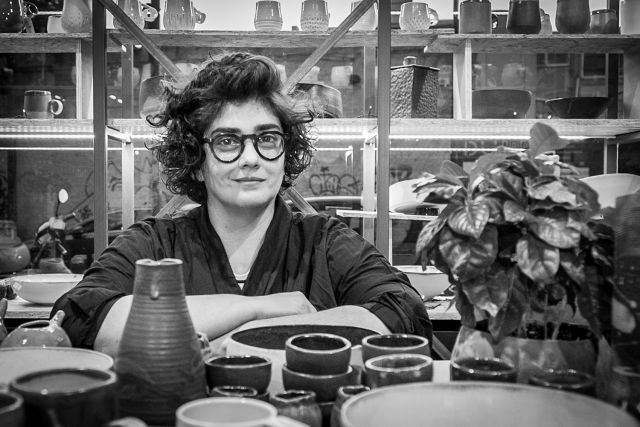
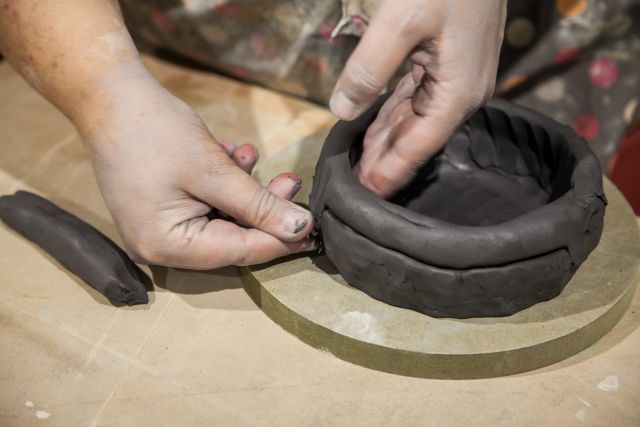
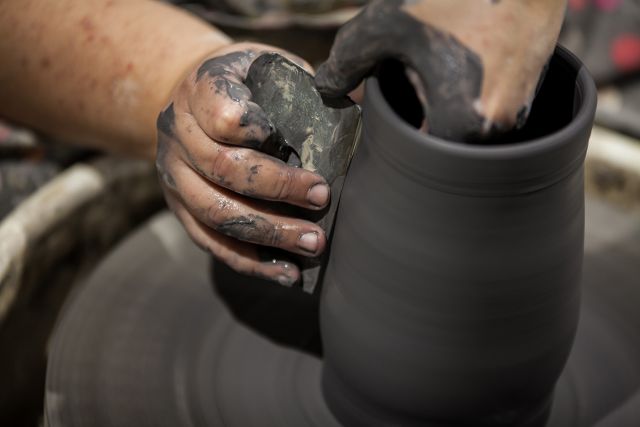
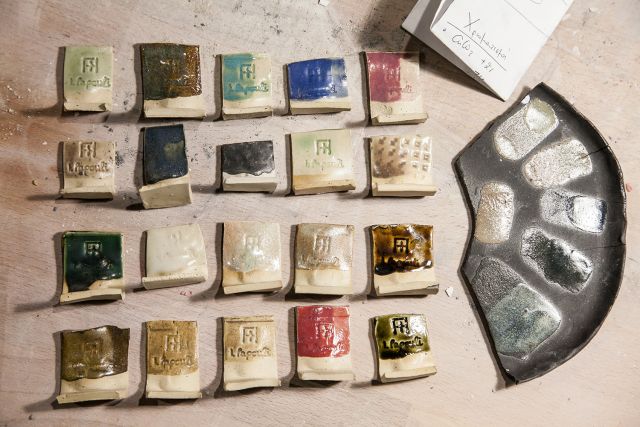
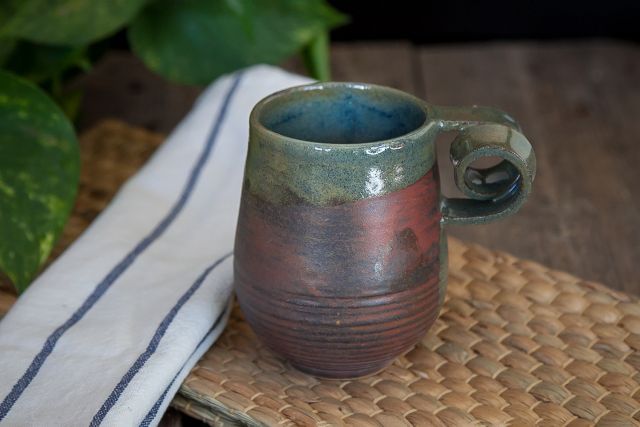
Ioanna Papouli
- Yi Ceramics
- Ceramicist
- Athens, Greece
- Rising Star
By appointment only
+30 6979551431
Greek heritage thrown into experimentation
- • Ioanna is inspired by textures found in nature
- • Her final pieces are the result of various experimentations
- • For her, the art of ceramics is constantly evolving
After studying graphic design at Vakalo Art & Design College in Athens, and photography and art at seminars, Ioanna Papouli attended her first ceramics course in 2014. She immediately fell in love with the craft and the potter’s wheel, and began attending ceramic lessons, which included hand building techniques and clay and glaze technology. In December 2019, she relocated her home-based studio and opened her workshop Yi (Earth) Ceramics in the centre of Athens. There, she experiments with techniques and textures on ceramic surfaces, whether in the way she treats the clay itself or by using different glazing reactions. Her work is highly influenced by ancient Greek vessels, especially the ones created by Minoan artists (Crete, circa 1500 BC). Ioanna is also fascinated with local soils and minerals, and often incorporates wild findings in her projects.
Read the full interviewWorks
Photo: ©IoannaPapouli

Photo: ©IoannaPapouli
This box is a part of a series of experimental pieces. It is slab built with stoneware clay and fired at 1220°C. The clay slab was treated with sodium silicate, sprinkled with local minerals, dried with a flame torch and then stretched and thrown on the table.

Photo: ©IoannaPapouli
This vessel with a lid is part of ongoing surface experimentations. Taking the materials to their limits, it is created with black stoneware clay, local minerals and slip.

Photo: ©IoannaPapouli
This bird-like jug is hand pinched, made of stoneware clay that was fired at 1220°C. The inspiration for the form came from the Minoan civilisation and it is coated with local glazes.

Photo: ©IoannaPapouli
Black clay with a generous amount of grog, this vessel was slabbed and slapped repeatedly to its limits, after being covered in soda silicate. After stretching, it was then dried with a flame torch. Various glazings were applied or thrown violently with a thick brush.





